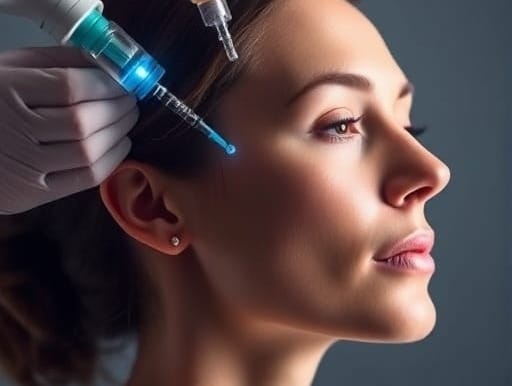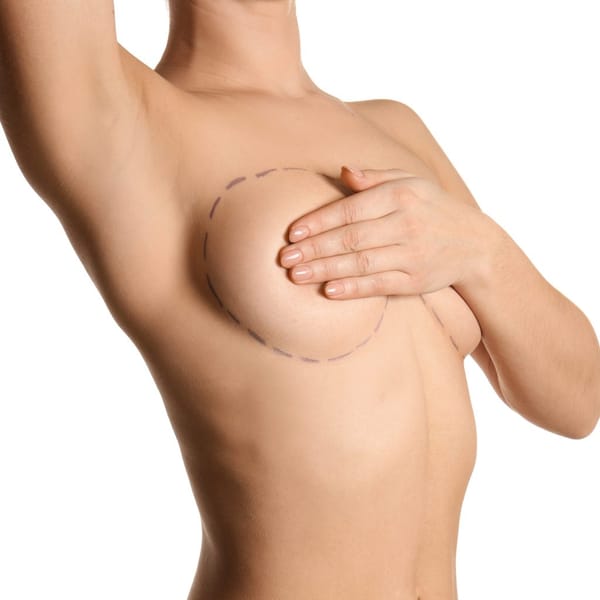Botox for TMJ Disorder: A Comprehensive Guide

Introduction to TMJ Disorder and Botox Treatment
Temporomandibular Joint Disorder (TMJ) affects the joints and muscles that connect your jaw to your skull, leading to pain, discomfort, and dysfunction. For many, TMJ disorder causes chronic pain, difficulty in chewing, headaches, and even locking of the jaw. While traditional treatment options include physical therapy, medication, and, in severe cases, surgery, Botox injections have emerged as a promising alternative for alleviating TMJ symptoms.
Understanding TMJ Disorder
The temporomandibular joint, located on each side of the head, is responsible for the movement and function of the jaw, allowing you to speak, chew, and yawn. TMJ disorder occurs when the joint or surrounding muscles become inflamed or overworked, leading to symptoms such as:
- Jaw pain or tenderness
- Headaches or migraines
- Ear pain or ringing in the ears
- Facial discomfort
- Difficulty opening or closing the mouth
TMJ can be triggered by several factors, including jaw misalignment, teeth grinding (bruxism), stress, arthritis, and injury.
What is Botox and How Does It Work for TMJ?
Botox, or Botulinum Toxin Type A, is a neurotoxin derived from Clostridium botulinum bacteria. Known for its cosmetic use to reduce wrinkles, Botox is also widely used in medical treatments to relieve chronic migraines, muscle spasms, and excessive sweating.
For TMJ, Botox works by relaxing the muscles responsible for clenching and grinding. When injected into the affected jaw muscles, Botox inhibits the release of acetylcholine, a neurotransmitter that causes muscles to contract. By reducing these contractions, Botox can ease the pressure on the temporomandibular joint, alleviating pain and discomfort.
The Botox for TMJ Treatment Process
Botox for TMJ is a minimally invasive procedure and typically follows these steps:
- Consultation and Assessment: A licensed healthcare professional, often a dentist or physician specializing in TMJ treatment, will assess your TMJ condition, medical history, and suitability for Botox.
- Injection Sites Selection: Depending on the severity and location of your pain, the practitioner will determine the optimal injection sites. Common sites include the masseter (jaw) and temporalis muscles, which are responsible for much jaw movement.
- Botox Injection: The practitioner will administer Botox injections into the selected muscles using a fine needle. The procedure is quick, often taking 15–30 minutes, and does not require anesthesia, though a numbing cream may be applied to reduce discomfort.
- Recovery: Since Botox injections are minimally invasive, there is little to no downtime. Most patients resume normal activities immediately after treatment. Mild side effects, such as soreness at the injection site or a slight headache, may occur but generally subside within a few hours to days.
How Long Does Botox for TMJ Last?
The effects of Botox for TMJ treatment typically become noticeable within a few days to a week and can last three to four months. Many patients experience significant relief from TMJ-related pain, reduced jaw tension, and fewer headaches. However, since the effects are temporary, repeat treatments every three to six months may be necessary to maintain relief.
Benefits of Using Botox for TMJ
Botox offers several benefits as a TMJ treatment option:
- Reduces Pain and Discomfort: By relaxing overactive muscles, Botox alleviates jaw pain, headaches, and facial discomfort.
- Minimally Invasive: Unlike surgery, Botox is a non-surgical option that requires minimal recovery time.
- Improves Quality of Life: TMJ disorder can interfere with daily activities like eating and speaking. Botox can help restore normal function, improving quality of life.
- Alternative to Medication: For patients who do not respond well to pain medications or want to avoid them, Botox offers a safe alternative.
Considerations and Potential Side Effects
While Botox for TMJ is generally safe, it is essential to seek treatment from a qualified professional to minimize risks. Potential side effects may include:
- Temporary muscle weakness
- Bruising at the injection site
- Mild headache
- Difficulty swallowing (rare)
Who Should Consider Botox for TMJ?
Botox is particularly effective for patients who experience severe muscle spasms, jaw clenching, or bruxism that have not responded to traditional treatments. However, it is not suitable for everyone, including those with certain neurological conditions or pregnant individuals. A thorough consultation with a healthcare provider is essential to determine if Botox is the right option.
Comparing Botox to Other TMJ Treatments
Botox is one of several options available for TMJ management:
- Physical Therapy: Exercises can strengthen and stretch the jaw muscles, reducing pain.
- Oral Splints and Mouth Guards: Devices worn at night can alleviate clenching and protect the teeth.
- Medications: Anti-inflammatory drugs and muscle relaxants can relieve pain but may have long-term side effects.
- Surgery: In severe cases, surgery may be recommended, though it carries more risks than non-invasive options like Botox.
Conclusion
Botox for TMJ disorder has emerged as a powerful tool in managing pain and improving function for those who suffer from chronic jaw discomfort. With minimal downtime and lasting relief, Botox is an excellent choice for patients looking for a non-surgical option to alleviate their TMJ symptoms. However, it's essential to consult a licensed professional to discuss all treatment options, as they can tailor a plan that best suits your needs and health goals.



